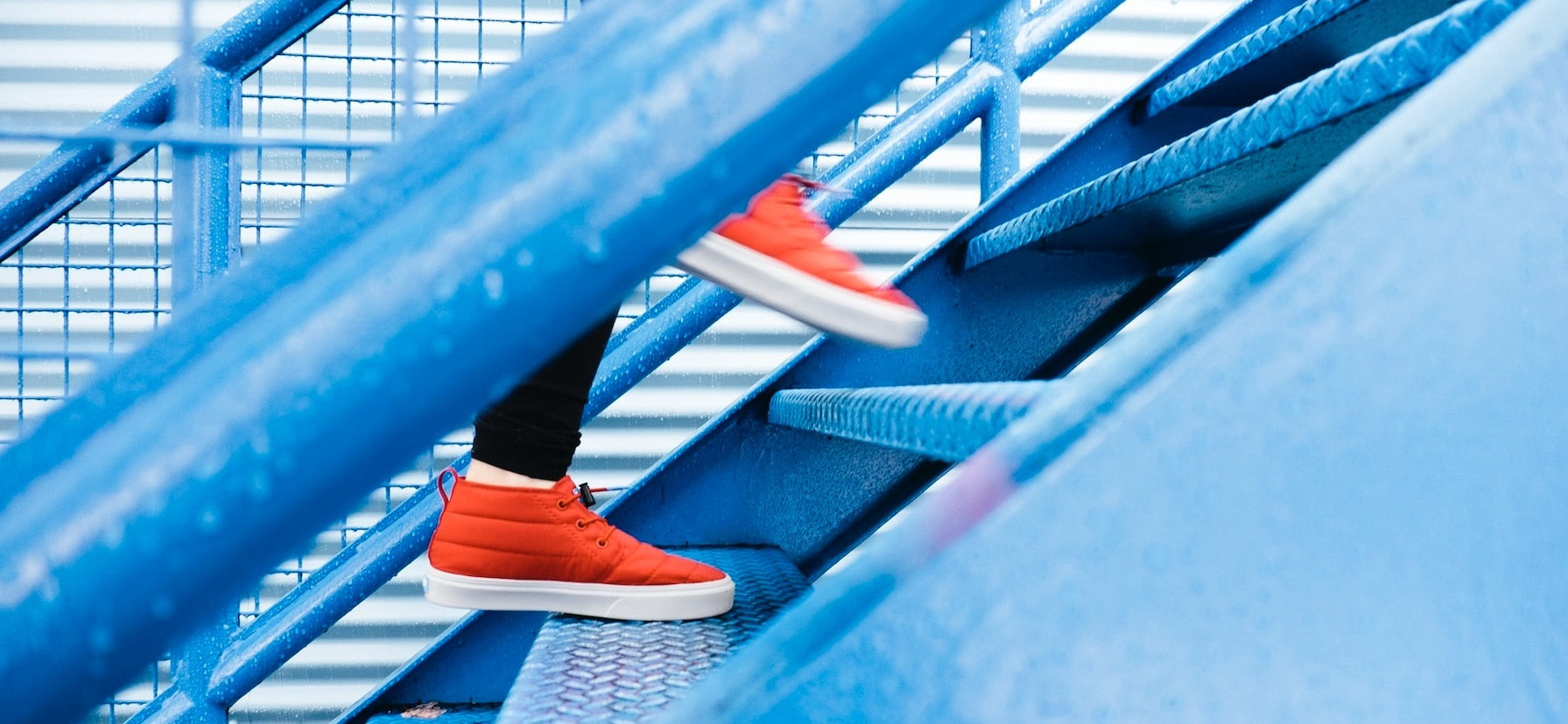Conditions We Treat
Below are just a few of the conditions we treat.
Arch Pain
The arch of the foot is made of many bones, joints, ligaments and muscles all working together to support the foot and allow heel-to-toe action of walking or running. Pain in the arch can be extremely debilitating and cause the body to make compensations to gait or posture to try to alleviate the pain.
Diabetes
Diabetes is a disease that is becoming more prevalent in New Zealand. It affects the way the body converts food into energy. Food is converted into glucose by a hormone called insulin that is produced by the pancreas. If you have Diabetes, your pancreas either does not produce insulin or else doesn't use insulin properly and this causes you to have high blood sugar.
Forefoot Pain
Metatarsalgia is the word used to cover a variety of causes of pain the forefoot or ball of the foot. It can be caused by:
- Increased weight-bearing to the front of the foot either through foot structure (especially high arch or clawed toes), footwear such as high heels or occupational such as standing at work or increased sport and activity
- Injury to the bones, joint capsule, ligaments, nerves or small muscles in the area both acute or long standing
- Increased body weight
- Build up of hard skin
Forefoot pain should be investigated by a podiatrist if it recurs regularly or lasts more than 10days. This is especially important if there is any visible swelling or if you experience any numbness or tingling to the forefoot or through to the toes. Pain may get worse with activity or standing.
Heel Pain
Heel pain is one of the most common reasons for a person to see a podiatrist. There are many causes of heel pain including:
- Plantar fasciitis
- Severs (children only)
- Fat pad contusion
- Bursitis
- Stress fracture
- Gout
- Rheumatoid arthritis
- Tibial nerve compression
Plantar fasciitis most commonly presents as a dull sporadic pain or bruise like feeling that can progress to a more intense sharper pain. Pain is usually worse first thing in the morning or when getting up after a period of rest.
Knee Pain
The knee is a common source of pain the can severely limit walking and activity. Injuries to the knee can either be due to a sudden trauma or force (such as a fall or tackle in sport) or can be as a result of repetitive stress to the joint. The knee is a common joint affected by osteoarthritis from general wear and tear or this can be accelerated if the knee is poorly aligned.
Podiatry and Children
Children's feet are not just small adult's feet! Children's feet and legs go through several stages of change as they grow. A podiatrist can assess, monitor and give advice on whether normal developmental milestones are being met. Parents or family members can sometimes be concerned regarding the appearance of certain conditions such as flat feet, knock knees and in-toeing. A podiatrist can assess your child's gait and musculoskeletal system and can advise if intervention is necessary.
Skin Problems
The foot can be affected by a wide range of skin conditions.
Corns
Corns are a deep localised area of hard skin that form at any site that receives repetitive pressure. Although the corn itself does not have nerves as it is dead skin, it may press on nerves in the foot and cause pain.
The most common sites for corns to develop are the toes or any bony prominence. If the corn continues to develop they can ulcerate and become infected. Corns should be manually removed by a podiatrist. They may need to be padded to redistribute the pressure away from the area. Footwear should also be addressed to make sure there are no pressure areas.
Unless the cause of the pressure is addressed the corn will continue to recur. In some cases surgical correction may be necessary to address hammer toes or bony prominences causing the corns.
Toenails
Thick toenails (Onychauxic)
Thickened toenails are very common and can be very difficult for people to manage themselves. Often they can be confused for a fungal infected nail but are not related to any form of infection.
Thick nails are caused by damage to the nail bed from a number of sources such as:
- Trauma such as dropping heavy object on toe or kicking object
- Repetitive trauma from wearing shoes that are too small or having clawed toes
- Age related changes
- Poor circulation

